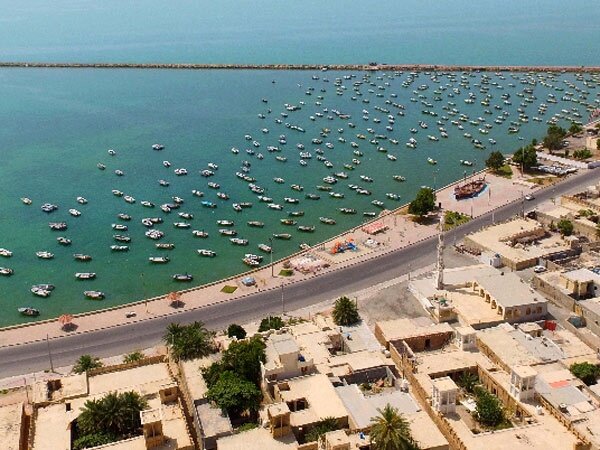Bandar Khamir, Varzaneh awarded Wetland City Accreditation

TEHRAN – The cities of “Bandar Khamir” near the Khorkhoran International Wetland in Hormozgan province and the city of “Varzaneh” near the Gavkhuni International Wetland in Isfahan province were awarded Wetland City Accreditation.
During the 59th meeting of the Convention’s Standing Committee on 26 May 2022, the Co-Chairs of the Independent Advisory Committee on Wetland City Accreditation announced that 25 applicant cities had been accepted in recognition of their exceptional efforts to safeguard urban wetlands for people and nature.
The Wetland City Accreditation scheme is an important opportunity for cities and local governments to integrate wetland conservation and sustainable management with sustainable development and delivery of vital services. Amid rising pressure to tackle the climate, pollution, and biodiversity crises together, urban wetlands offer valuable nature-based solutions for healthier, prosperous, and sustainable societies.
The Wetland City Accreditation scheme is an important opportunity to integrate wetland conservation and management with development and delivery of vital services. It is worth mentioning that the prize and certificate of Wetland City will be awarded to the cities’ mayors at the three-year world ceremony of the Ramsar Convention in Wuhan, China in early December.
However, Bandar Khamir has already been at the center of national and international attention due to its widespread participation in social activities, especially the protection of wetlands, and was able to be registered as the first national wetland city and also joined the UNESCO Network of Learning Cities.
Wetland Cities
Bounded by the Persian Gulf, Bandar Khamir is the only city located on the coast of the Khorkhoran Wetland, one of the largest and most important marine environments in the country, which was designated a Ramsar site in 1975.
In 2018, Bandar Khamir got the international accreditation to be a Ramsar wetland city.
Stretching 47,000 hectares, Gavkhuni is a salt marsh with an average depth of about 1 m. which is located in the terminal basin of the Zayandeh-rud river.
It is the 19th wetland in Iran designated as a Wetland of International Importance on the Ramsar list, which as defined by the Ramsar Convention for the conservation and sustainable use of wetlands, recognizes the fundamental ecological functions of wetlands and their economic, cultural, scientific, and recreational value.
The Convention was adopted in the Iranian northern city of Ramsar in 1971 and came into force in 1975.
Wetlands importance
Wetlands are ecosystems saturated with water, either seasonally or permanently. They store water and ensure its quality, providing resilience against drought. They play a central role in sustainable development by supplying all our freshwater.
Wetlands play a major role in protecting the land against floods and the impacts of storms. They provide food and diverse habitats which support genetic, species, and ecosystem biodiversity. Wetlands play a key role in the life cycles of many species and in annual migration patterns.
Unfortunately, wetlands are being degraded and lost due to pollution, overexploitation, climate change, and human population growth. In recognition of these challenges, the Ramsar Convention, an international treaty, was adopted in 1971.
Ramsar Wetlands are sites inscribed on the List of Wetlands of International Importance (the "Ramsar List") under the Convention on Wetlands.
FB/MG

Leave a Comment